Austria
An irresistible fusion of modern and historic, Austria is a land of architectural diversity. Contemporary buildings stand next to baroque abbeys, Gothic churches, and the grand opera houses of the imperial House of Habsburg. A landlocked country whose culture is influenced from all sides, Austria remains passionately unique. Whether you are enjoying a cup of tea in a historic coffee house, or skiing in the Alps, you can feel the pulse of tradition that resonates through the countryside. Many people treat Austria as a stopover on longer trips through central Europe, but the arresting alpine landscape, imposing glaciers, and storybook villages make the Alps the winter playground of Europe, and prime for summer hiking and mountaineering. A train ride in any direction will reward you with incredible views as you connect to Germany from Innsbruck or Salzburg, or cross the country to visit Vienna, the home of the Habsburgs. Take in the baroque architecture, choose from a list of incredible museums, and then cozy-up in a tavern before continuing your journey onward to Prague, Bratislava, or Budapest.
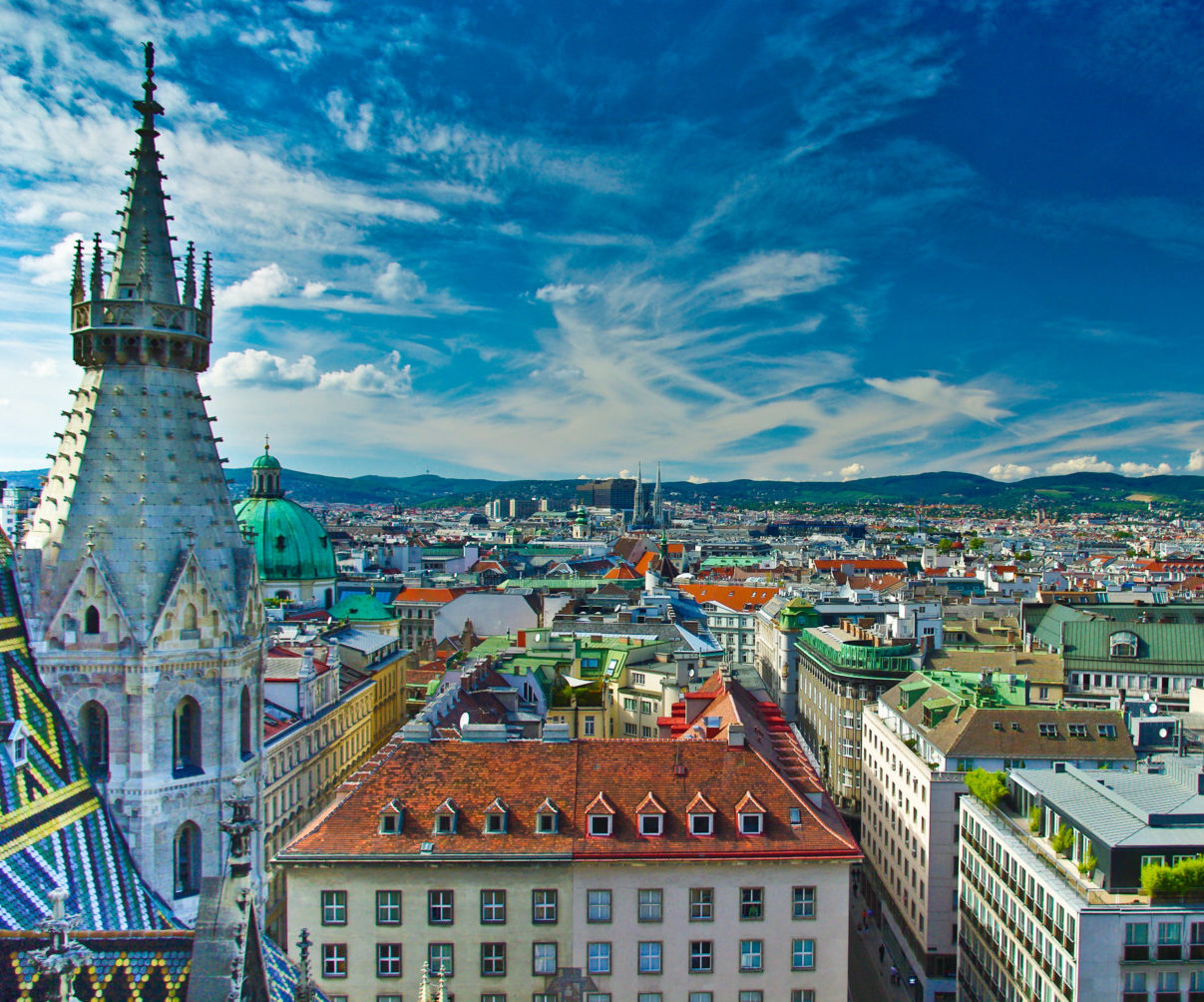
Vienna
The historical legacy of the Habsburg monarchy comes to life in the architectural grandeur of Vienna. From their seat of power in the Hofburg Palace compound to the elegant Spanish Riding School, the city center is a treasure trove of art and history. Visit the imperial art collection at the Kunsthistorisches Museum Vienna, or stop into the Gothic St. Stephan’s Cathedral built nearly 700 years ago. Vienna is a city of winding streets and hidden courtyards where you cannot make a wrong turn. Opulent coffeehouses and designer shops, Gothic churches, and the magnificent gardens of Schönbruun Palace make Vienna a city for everyone. Choose one of many trendy bars and restaurants after a day in the Museumsquartier or a visit to the Staatsoper Opera House, and savor the flavor of Vienna.
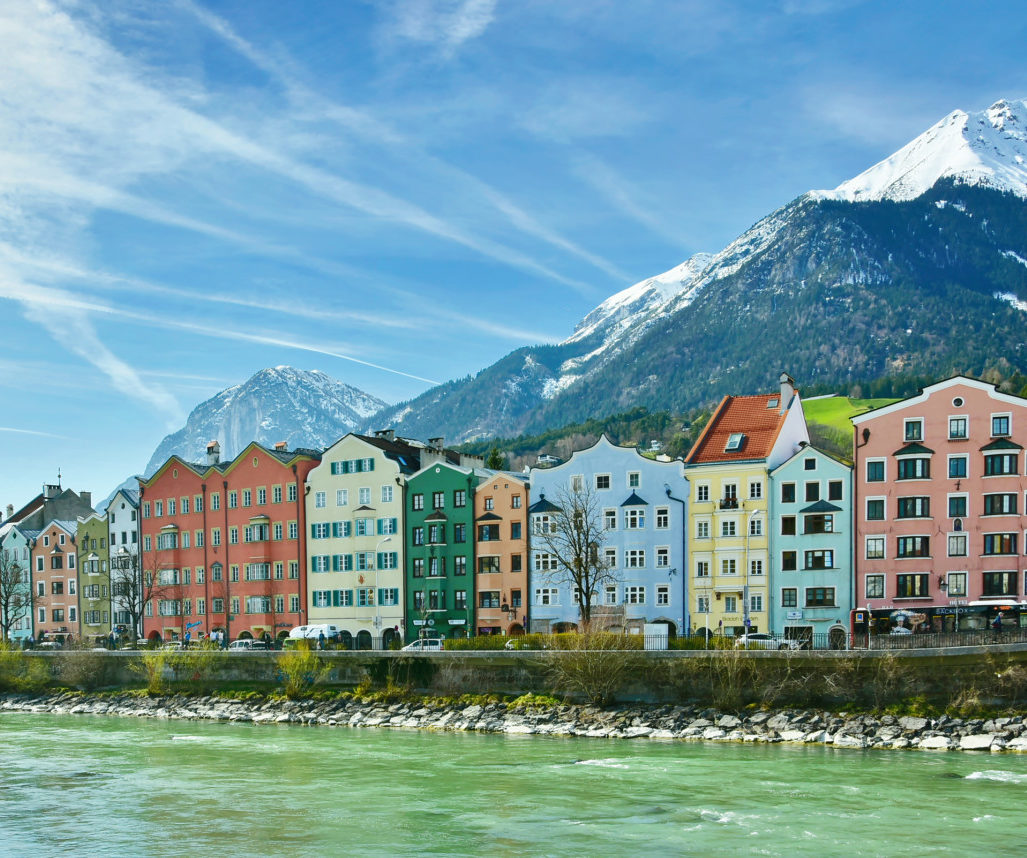
Innsbruck
Perched between two impressive mountain chains, this two-time holder of the Winter Olympics is historic resort destination for winter skiing and incredible hiking in warmer months. Wide boulevards and riverside paths in the 800 year old medieval Old Town are the urban compliment to the towering slopes. The city center is lined by pastel-colored houses and imperial monuments like the landmark Goldenes Dachl and the Gothic Hofkirche church. After a day of skiing or a high-adrenaline zip down Igls’ Olympic bobsled run, relax in a traditional coffeehouse over a Mokka and a slice of silky, chocolate-topped Sachertorte cake.
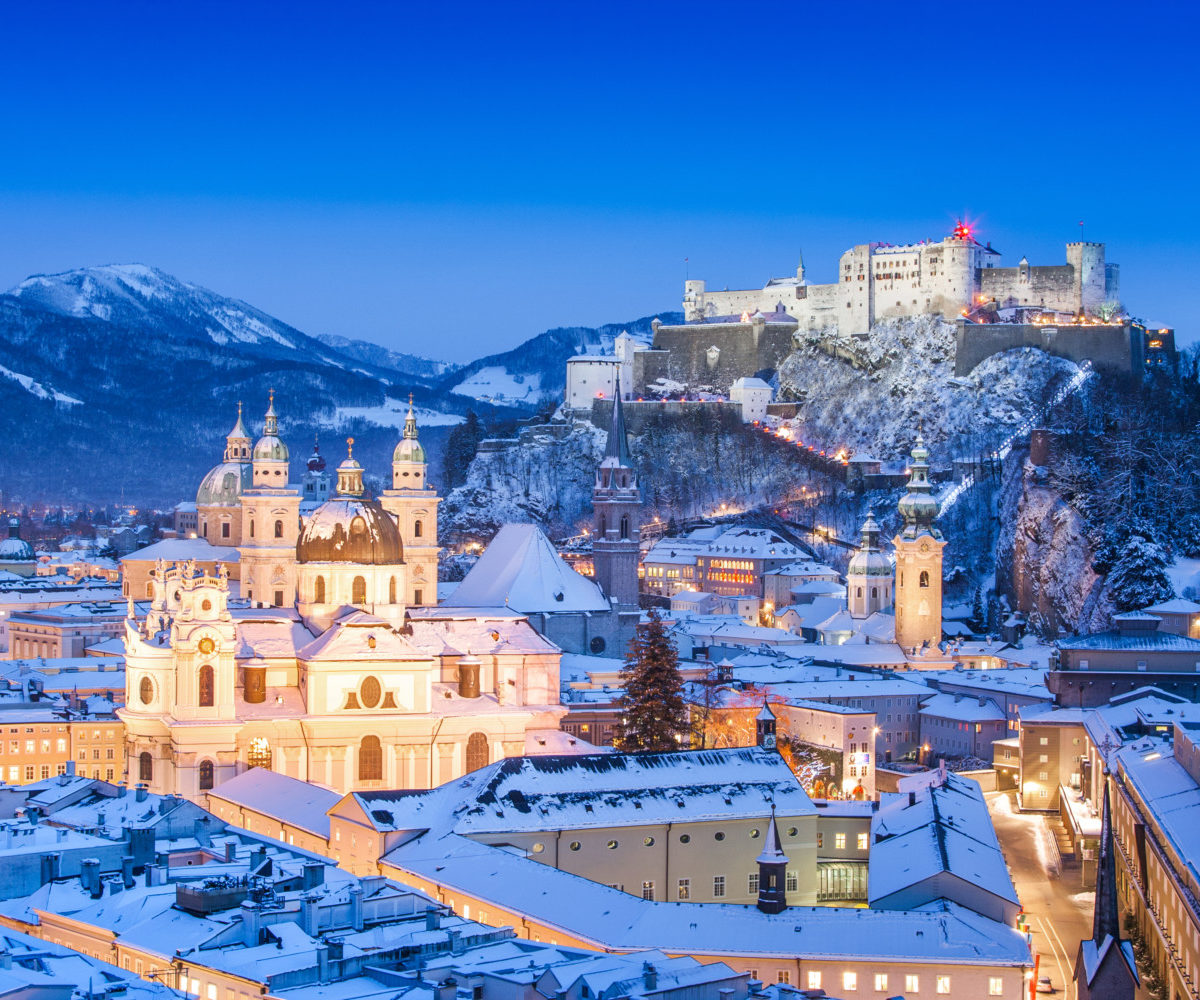
Salzburg
Perched on a nearby hilltop, Hohensalzburg Castle presides majestically over the city center, and makes it abundantly clear why Salzburg is a renowned tourist destination. The pedestrian Old Town, filled with well-preserved romanesque and Gothic churches and stately baroque architecture, is a UNESCO World Heritage site. The home of Mozart and the Sound of Music’s von Trapp family, Salzburg boasts a growing art scene, a wonderful café culture, and a deep appreciation for the musical tradition that underscores this enchanting city.
Czech Republic
Dappled with the architectural footprints of dynasties, from Gothic castles to elegant chateaux, the Czech Republic is a progressive country that takes pride in its cultural heritage. Walk between two remarkably preserved historic neighborhoods across the 14th-century Charles Bridge that spans the Vltava River in Prague, or head to the hills in the South Bohemia; there is no shortage of enthralling history and beautiful countryside to explore. A country where fantastic wines rival renowned pilsners and a rapidly growing micro-brewing scene; combine a thriving folk music heritage, delicious drinks, a rich food culture blending Germanic and eastern flavors, and enjoy the taste of Czech tradition.
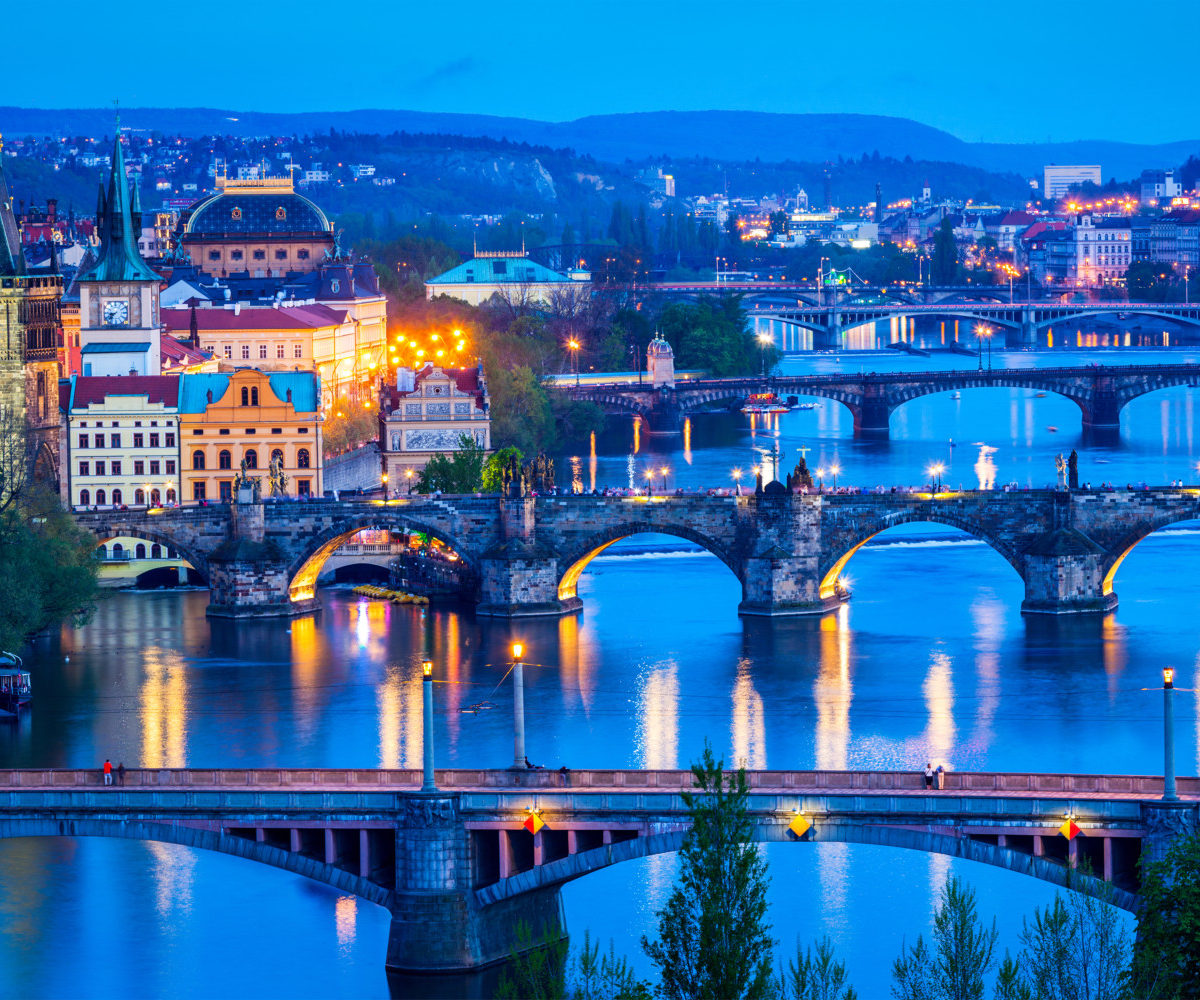
Prague
Unlike many eastern European cities, Prague survived World War II unblemished. The city’s medieval core seems like a city-sized open-air museum with Romanesque churches, Gothic spires, Renaissance facades, Baroque cathedrals, and Art Nouveau ornamentation all vying for attention along the winding cobblestone lanes. Stand on the iconic Charles Bridge as the morning fog dissipates over the Vltava river, visit the giant complex of the Prague Castle, or simply wander through the labyrinth of twisting streets and hidden courtyards and stumble on lesser known treasures like ancient churches or a cozy café. Located in the center of the Czech Republic, Prague also serves as a good base for day-trips to Pilsen, Kutná Hora and Český Krumlov.

Český Krumlov
Český Krumlov is an exceptionally well-preserved medieval town in the South Bohemia region of the Czech Republic. Built along a loop in the river, the UNESCO-designated city center is a maze of streets wrapping around 14th-century Renaissance buildings and homes. This part of town is also filled with absorbing art galleries and small museums. The 13th-century Český Krumlov Castle, which was home to the aristocratic rulers of Bohemia for centuries, is a definite highlight. Spend a couple of days in Český Krumlov and explore the less-visited historic towns and tour the hilly countryside for a true taste of Southern Bohemia.

Karlovy Vary
A town of hot springs and spas that was once a favorite retreat for royalty, Karlovy Vary has regained its reputation for luxury after years of neglect under communism. A determined restoration effort has revitalized the historic center of ornate 19th-century buildings and the many fascinating colonnades. Tucked into the edge of Slavkov Forest, Karlovy Vary is a gateway to accessing peaceful birch and pine forest paths, a handful of small towns and historical sites, or even a round of golf.
Poland
Poland’s history is one of dynasties and uprisings, and the more recent trauma of being trapped at the center of the Second World War. Whether you are paying tribute to the solemn and tragic history of the Holocaust, or delving deeper into the past to a time of castles and kings, Poland has stories to last a lifetime. Though it is a growing tourist destination, many parts of Poland still feel like you are stumbling on a secret destination. With outdoor adventures like kayaking in linked-chains of lakes or hiking the many trails that intersect throughout the country, Poland has a wealth of natural beauty that is often overlooked. Simple but elegant food and different dessert for everyday of your visit, you will be delighted by the rich tradition of Polish cuisine.
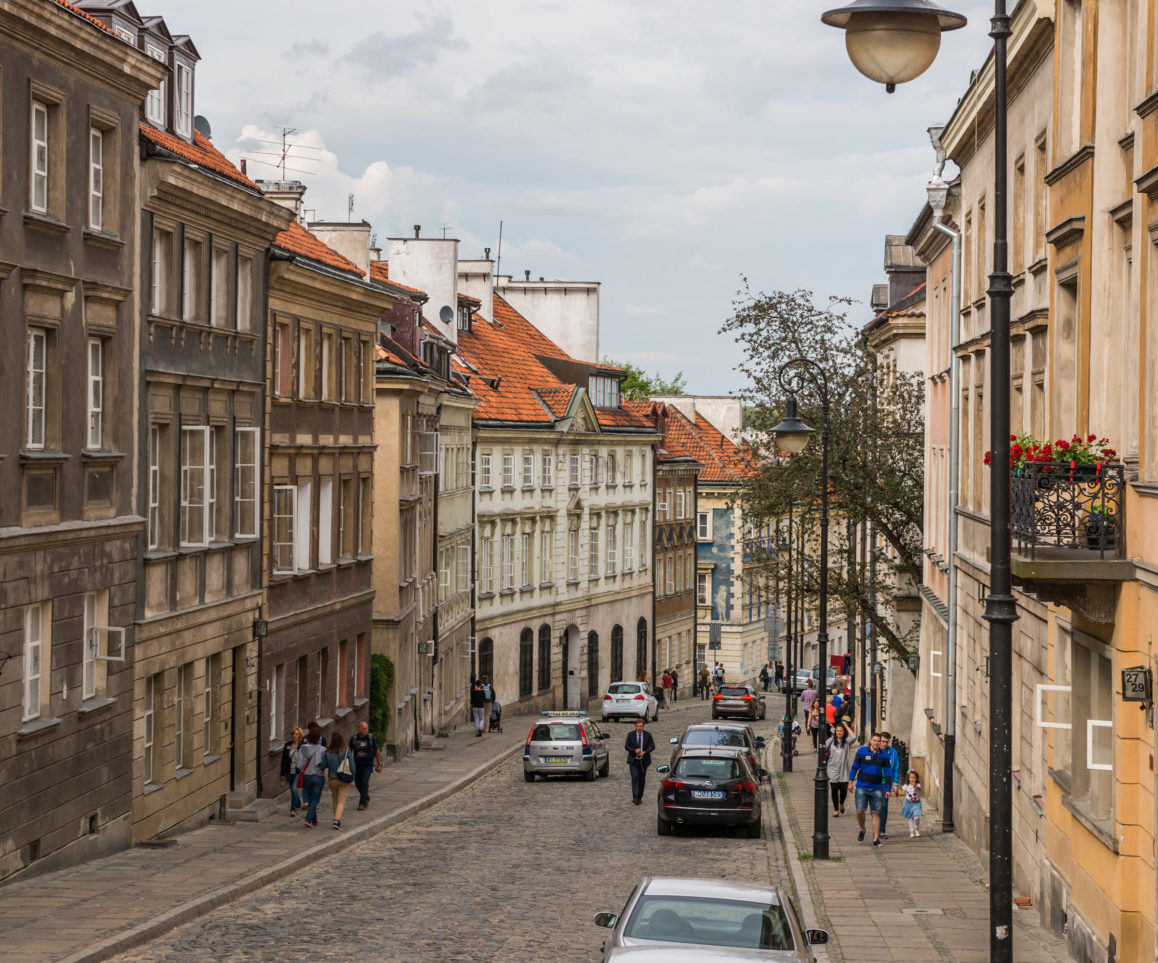
Warsaw
Almost entirely destroyed during the Second World War, Warsaw’s architecture serves as a reflection of its diverse and turbulent past; the city is a fusion of medieval buildings, communist-era apartment blocks, and modern skyscrapers. Warsaw’s Old Town churches and palaces have been painstakingly restored, with the medieval cobblestone marketplace still very much at the heart of the city. The Warsaw Uprising Museum, a tribute to the Polish underground resistance and the effort to retake Warsaw near the end of WWII, is one of many memorials and monuments to the war scattered throughout the city. But it is Warsaw’s many modern peculiarities, from popular communist-era milk bars—a café serving traditional Polish food— to Cepelia handicraft shops, that make the city such an intriguing place to visit.

Kraków
A leading cultural hub of academia and art, Kraków is a an enchanting medieval city perched on the banks of the Vistula River in southern Poland. The city’s medieval square, Rynek Główny, is the largest in Europe, and there are plenty of other historical highlights like the many layers of the Castle of Wawel complex. Nearby you can visit the UNESCO-listed Wieliczka Salt Mine, a 700 year old labyrinth of mine shafts, underground lakes, and chambers hewn out of the rock salt; with carved statues and chapels, it truly is an underground cathedral. Though its architecture and historical legacy are reason enough to visit, Kraków is also a lively city with a dozen universities and tens of thousands of students.
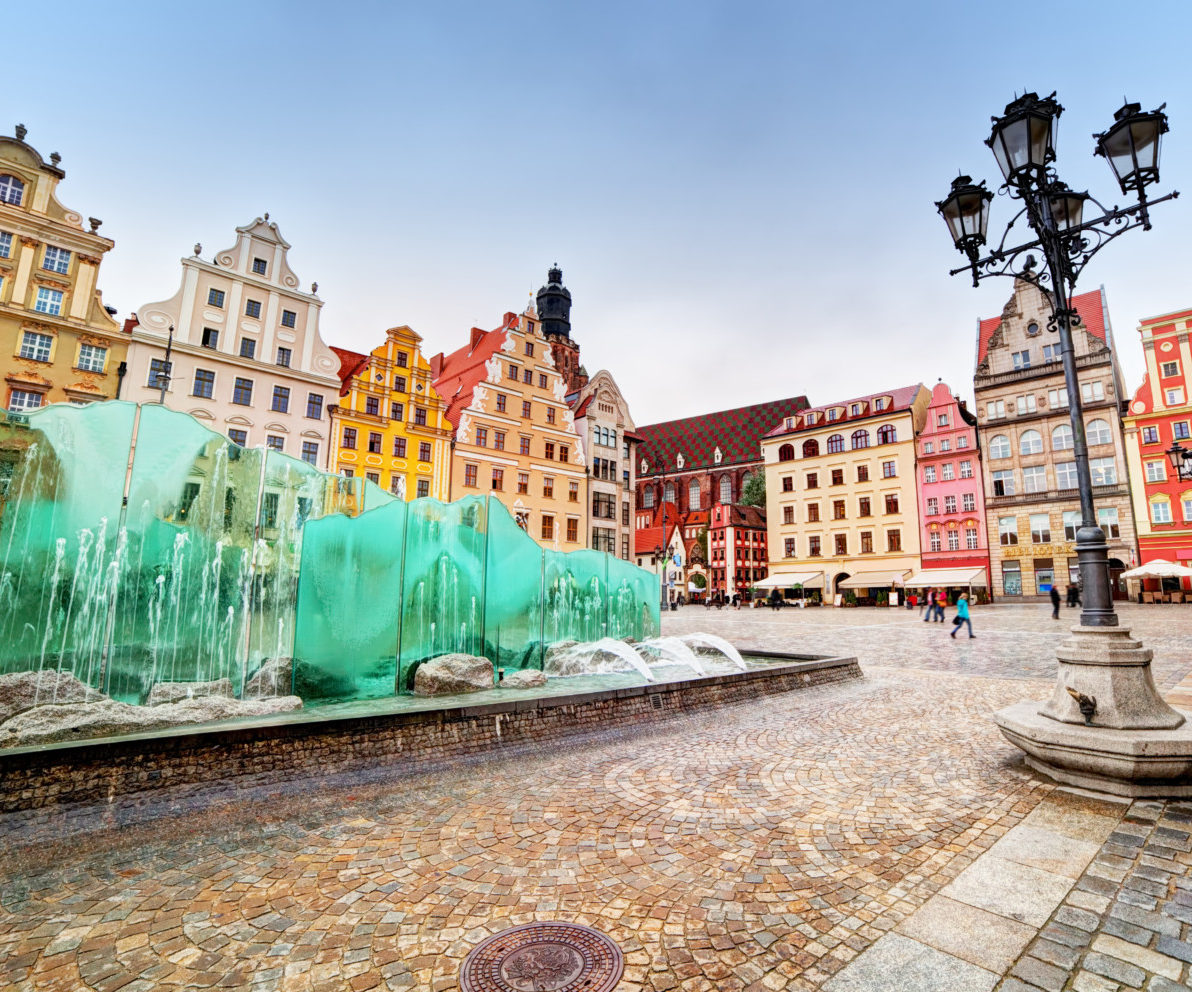
Wroclaw
With a large market square surrounded by colorful Baroque and Renaissance architecture, Wroclaw is further testament to Poland’s rich cultural heritage. Within shouting distance of Germany, Wroclaw has long been a blend of cultures beyond the border. Historically part of the Habsburg Monarchy and the Kingdom of Prussia among others, this academic and also industrial-working class city is a joy to explore. With riverside parks along the Odra, towering cathedrals, and a large student population, Wroclaw is an old city with invigorating youthfulness.
Hungary
A cultural symphony of centuries of empires crisscrossing Europe, Hungary is a vibrant fusion of folk traditions and the grand architecture of bygone eras. Roman ruins and medieval villages dot the countryside; in the cities, Baroque churches and Art Nouveau bathhouses collide with brutalist concrete facades from decades of communism. Hungary’s diverse history is mirrored in its vibrant culinary identity; with decadent pastries and desserts, rich stews and soups, and delicious wine. With a passion for music from traditional folk songs to grand operas, Hungary is a country with music at its core. Explore the beautiful landscapes of the countryside from the undulating vineyards of Eger in the north to the foothills of the Alps in the west, and you will find Hungarians will welcome you all along the way.

Budapest, Hungary
Separate cities until 1873, the districts of Buda and Pest are bisected by the Danube River, giving the sprawling Hungarian capital city two distinct vibes. The imperial-aired Buda district on the hilly west bank is home to the elegant Gellért Baths the palatial Buda Castle; but anyone looking for the real flair of Budapest will fall in love with the neighborhoods of Pest. On the Pest side of the Danube you can find the locals’ Széchenyi thermal baths, the State Opera House, and Parliament. Buda offers a hint of the Habsburgs, and great views of the city, but it’s Pest that is bursting with Communist-era sites, museums, and an electric nightlife epitomized by the ruin bars of the old Jewish sector.
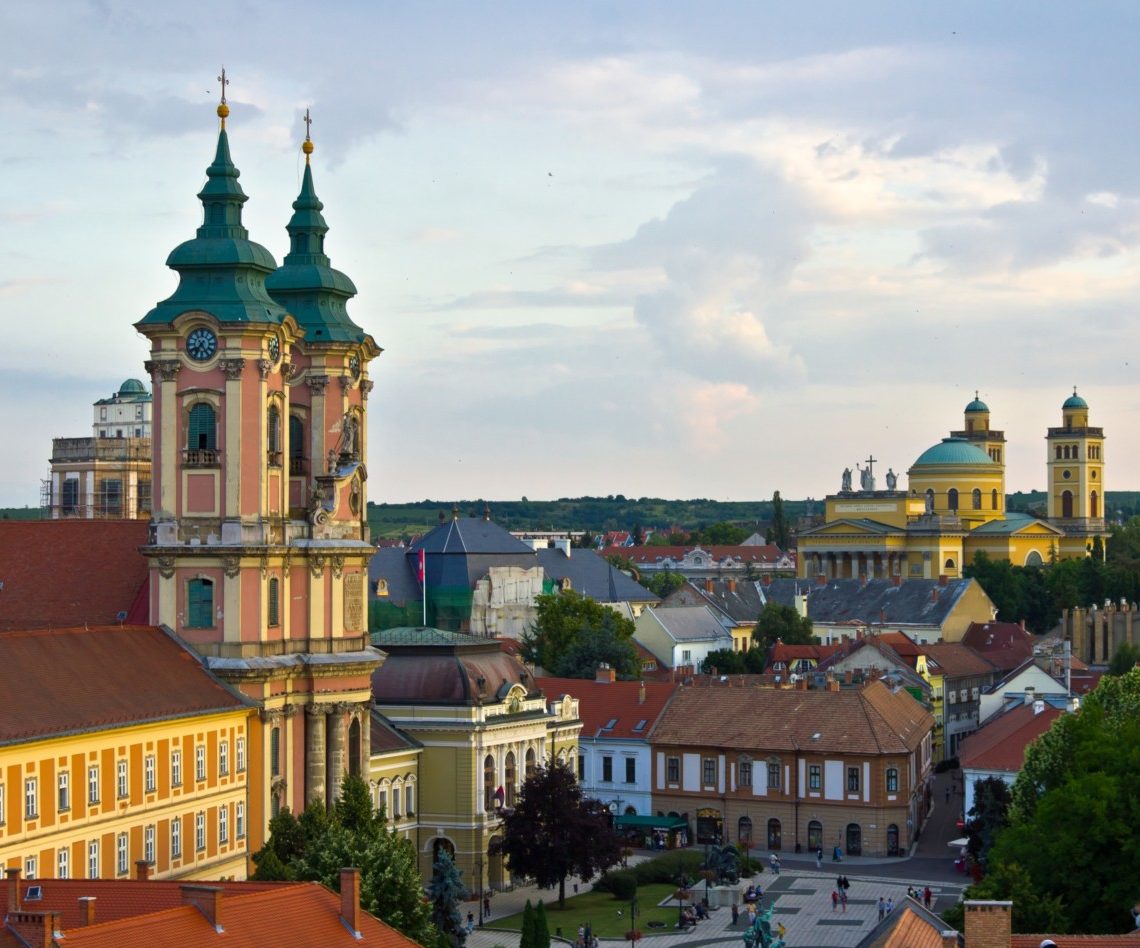
Eger
A city of cobblestone streets decorated with elegant Baroque and rococo architecture, Eger is a kaleidoscope of history. The Castle of Eger stands as a monument to a Hungarian victory against overwhelming odds in 1552 when the Turks invaded the country. Eventually incorporated into the Ottoman Empire, Eger now has a trove of monuments and beautiful buildings from Turkish minarets to the Cathedral Basilica of St. John the Apostle. Tour the Valley of Beautiful Women and indulge in Hungary’s eclectic array of fantastic wines, like the famous Egri Bikavér—a dark red blend of three types of grape known as Bull’s Blood—or head off to the inviting forests and trails of the nearby Bükk mountains.

Sopron
Sopron is a city to see on foot. Climb the Tűzturony Firewatch Tower, built on the footprint of an ancient Roman wall, for amazing 360 degree views of the town and surrounding countryside; get a sense of the history of this intriguing region in the museum at its base. Once a Roman city perched on a key trade route, Sopron is now a delightful collection of ancient and Baroque architecture, and an array of churches, synagogues, and other historical monuments. Enjoy meandering the cobbled streets and town squares filled with shops and cafés, and then stroll out of town to visit local vineyards and sample the region’s distinct and delicious wines.
